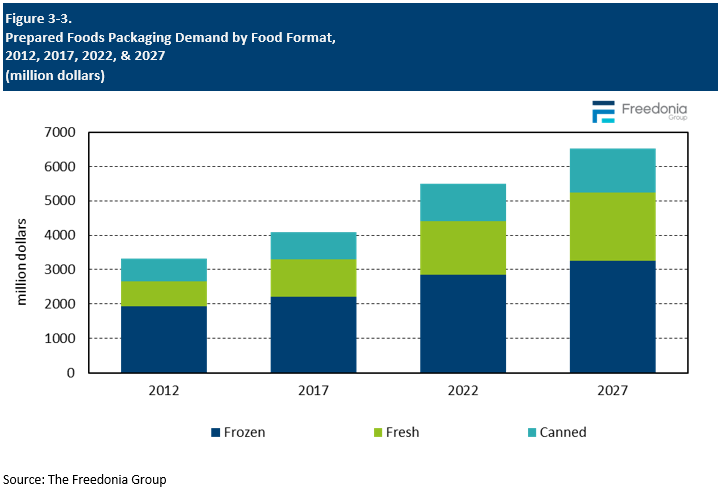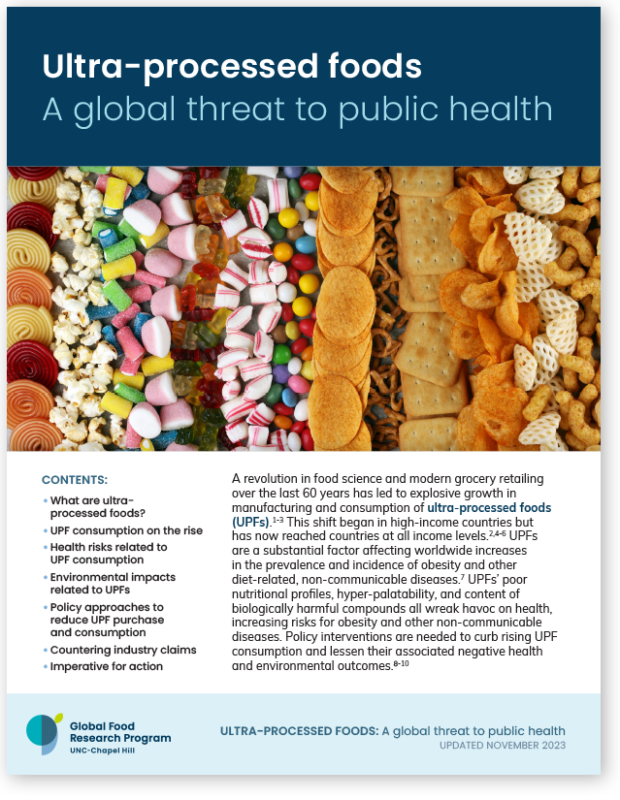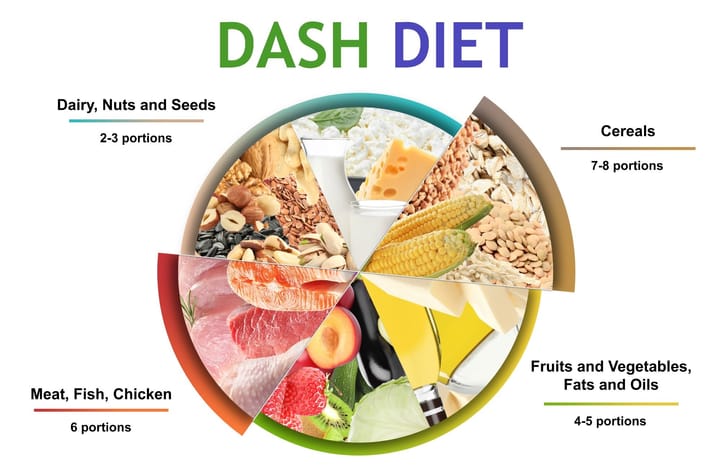Drumstick Demand Booms - Moringa's Rise in the Global Superfood Market

While often overlooked, the humble drumstick, the fruit of the Moringa oleifera tree, is experiencing a surge in popularity. No longer confined to its traditional uses in South Asian cuisine, the drumstick, along with other parts of the Moringa tree, is rapidly gaining recognition in the global market as a powerful superfood.
From Traditional Remedy to Modern Superfood
For centuries, Moringa has been utilized in traditional medicine systems, particularly in Ayurveda, for its wide range of therapeutic properties. Recent scientific research has validated many of these traditional uses, uncovering Moringa's impressive nutritional profile.
Moringa boasts a remarkable concentration of vitamins, minerals, and antioxidants. It is an excellent source of:
- Vitamin C: Seven times more than oranges
- Vitamin A: Four times more than carrots
- Calcium: Four times more than milk
- Potassium: Three times more than bananas
- Protein: Comparable to eggs and milk
This exceptional nutritional density has earned Moringa the nickname "miracle tree," attracting the attention of health-conscious consumers worldwide.
Fueling the Demand: Factors Driving Moringa's Popularity
Several factors are contributing to the burgeoning demand for drumsticks and other Moringa products:
1. Growing Health Awareness:
Consumers are increasingly prioritizing health and wellness, seeking natural and nutrient-rich food sources. Moringa, with its impressive nutritional profile and potential health benefits, perfectly aligns with this trend.
2. Superfood Status:
The "superfood" label holds significant sway in today's food market. Moringa's potent nutritional content has secured its place within this coveted category, further boosting its appeal.
3. Versatility:
Moringa offers remarkable versatility. Drumsticks can be consumed fresh, cooked into various dishes, or pickled. Moringa leaves can be eaten fresh, cooked like spinach, or dried and ground into a nutrient-rich powder. This adaptability allows for easy integration into diverse culinary traditions.
4. Sustainability:
Moringa is a drought-resistant, fast-growing tree, making it an environmentally sustainable crop. This aspect appeals to environmentally conscious consumers seeking to minimize their ecological footprint.
Market Trends and Future Projections
The global Moringa market is experiencing substantial growth. According to a report by Grand View Research, the market size was valued at USD 7.1 billion in 2022 and is projected to expand at a compound annual growth rate (CAGR) of 9.5% from 2023 to 2030.
This growth is fueled by increasing demand from various sectors, including:
- Food and beverages: Moringa powder is being incorporated into smoothies, teas, energy bars, and other products.
- Nutraceuticals: Moringa supplements, capsules, and extracts are gaining traction for their potential health benefits.
- Cosmetics: Moringa oil, extracted from the seeds, is finding applications in skincare products due to its moisturizing and antioxidant properties.
Beyond the Hype: Navigating the Moringa Market
While Moringa undoubtedly holds significant potential, it is crucial to approach the market with a discerning eye. As with any booming industry, quality control and responsible sourcing are paramount.
Consumers should prioritize Moringa products from reputable brands that prioritize sustainable farming practices and rigorous quality testing. Furthermore, consulting with healthcare professionals before incorporating Moringa into one's diet, especially for pregnant women or individuals with underlying health conditions, is always advisable.
Concluding Thoughts: A Promising Future for the "Miracle Tree"
The rising popularity of drumsticks and other Moringa products reflects a broader shift towards natural and holistic approaches to health and wellness. As research continues to unravel Moringa's potential benefits and consumer demand continues to surge, the "miracle tree" is well-positioned to secure a prominent place in the global food system. However, ensuring sustainable cultivation practices and responsible consumption patterns will be crucial for maximizing the long-term benefits of this remarkable plant.
:max_bytes(150000):strip_icc()/dog-treats-glass-storage-container-3f5d7e36-81df4011d844459c9272c9c8404bc38d.jpg)

















Comments ()